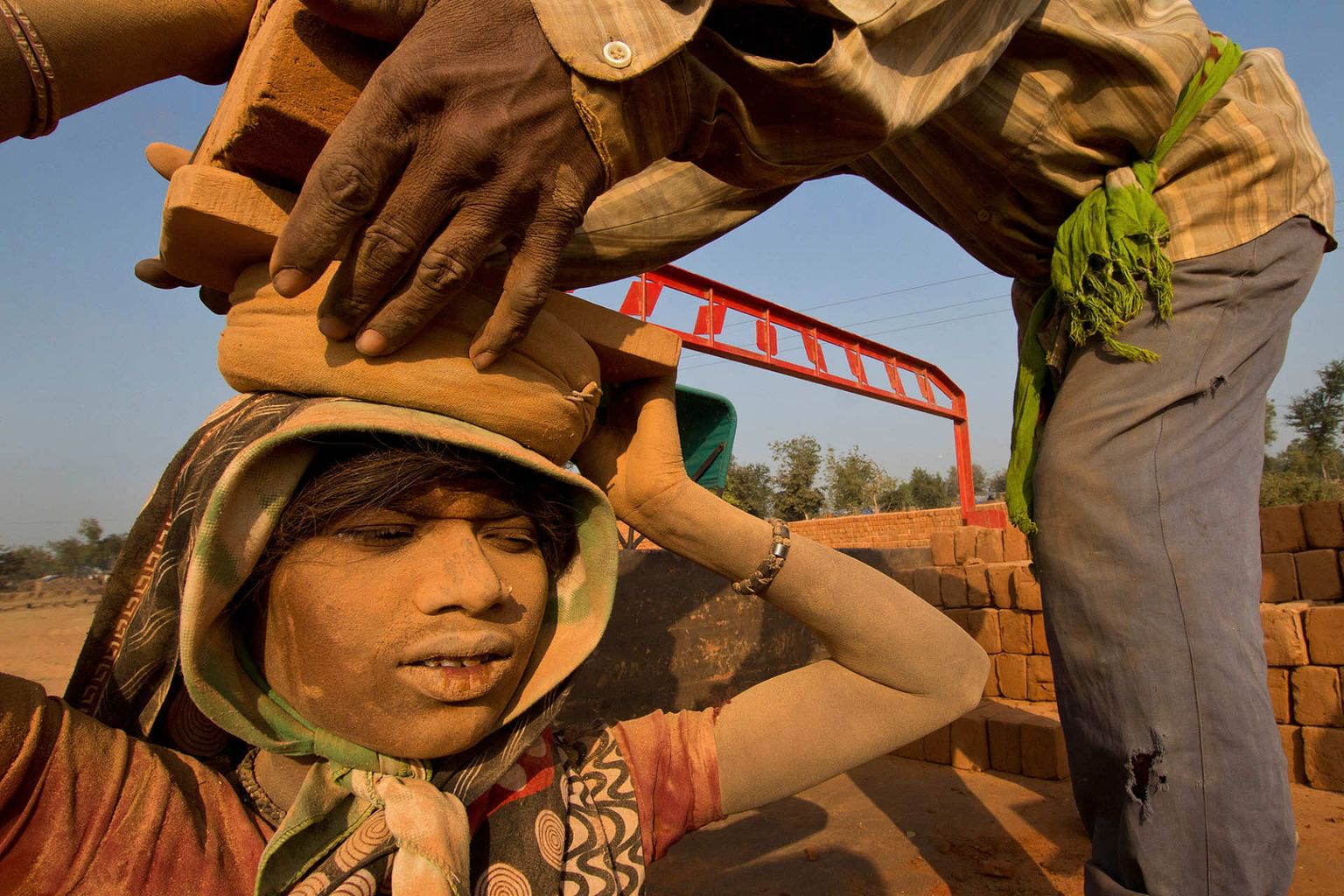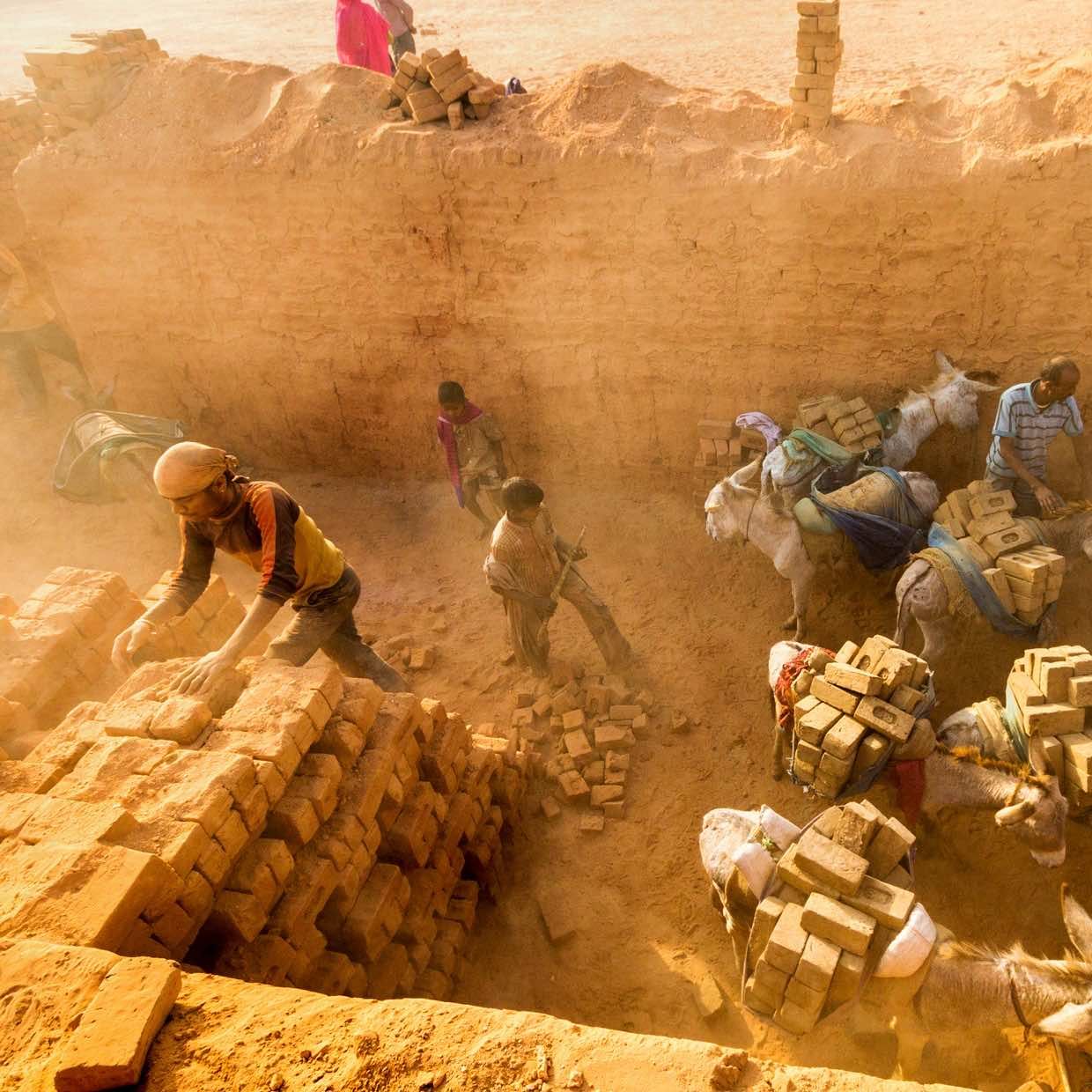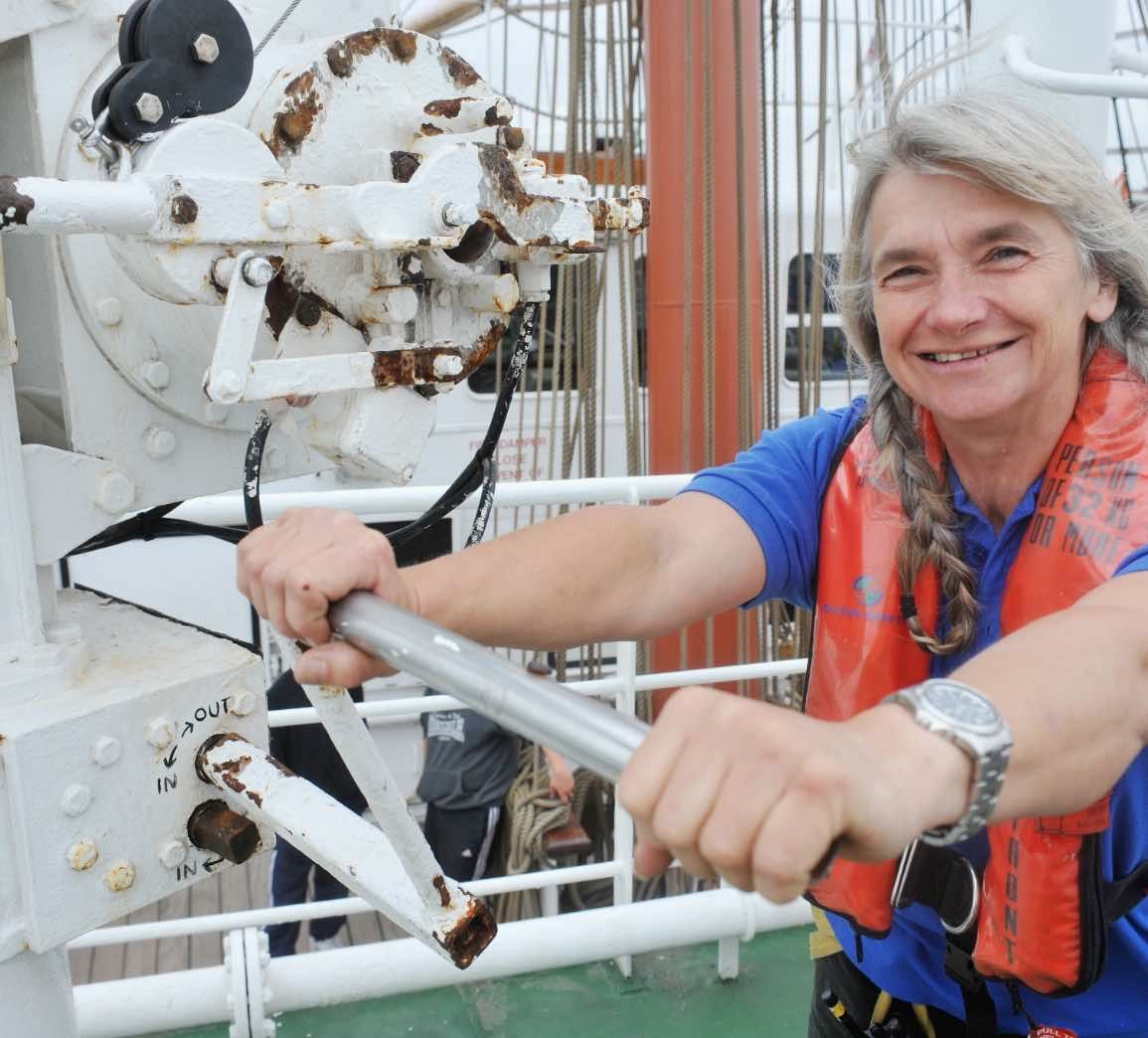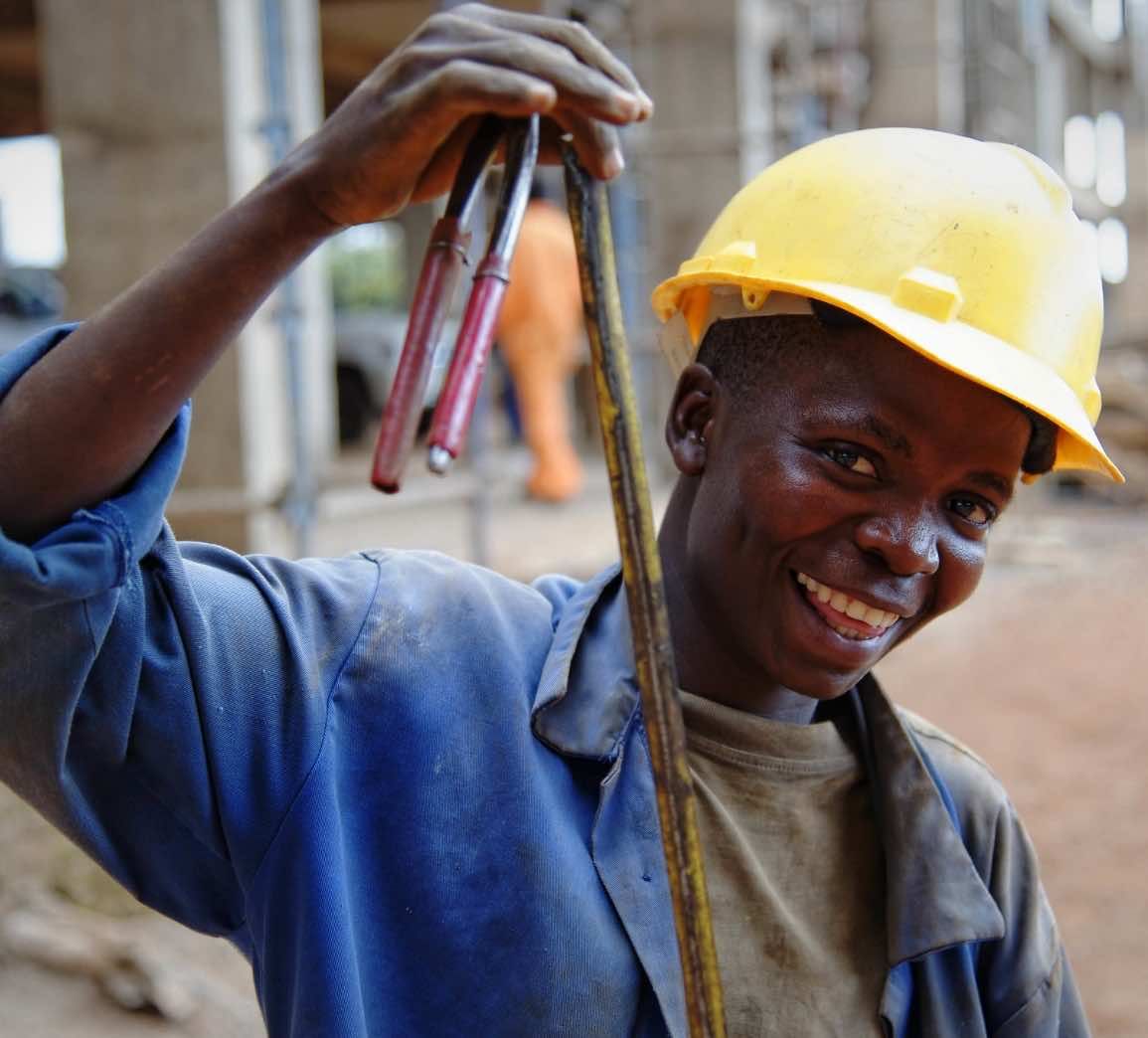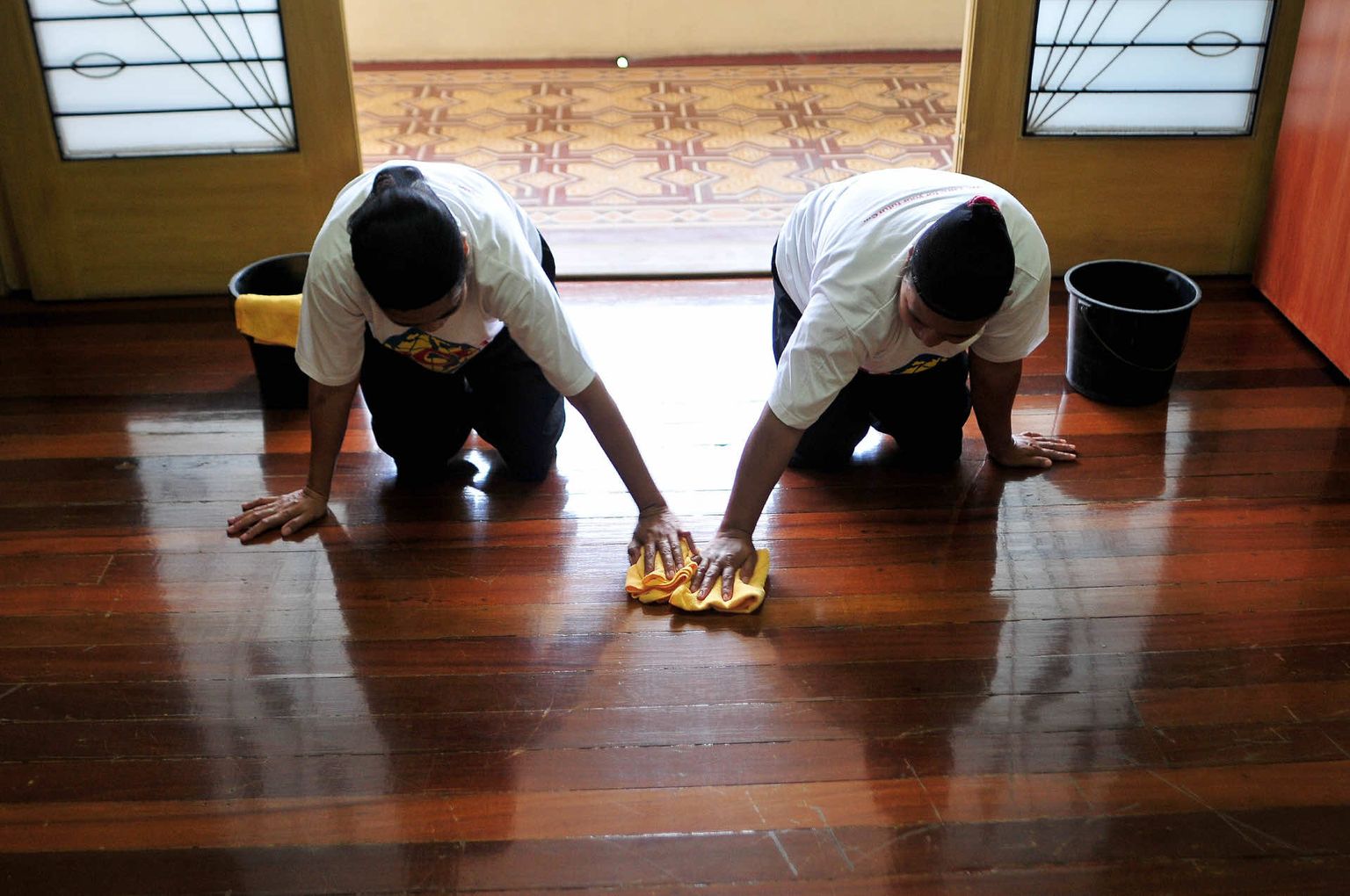Did you know that, today, 50 million people are in situations of modern slavery? That’s nearly 1 out of every 150 people in the world.
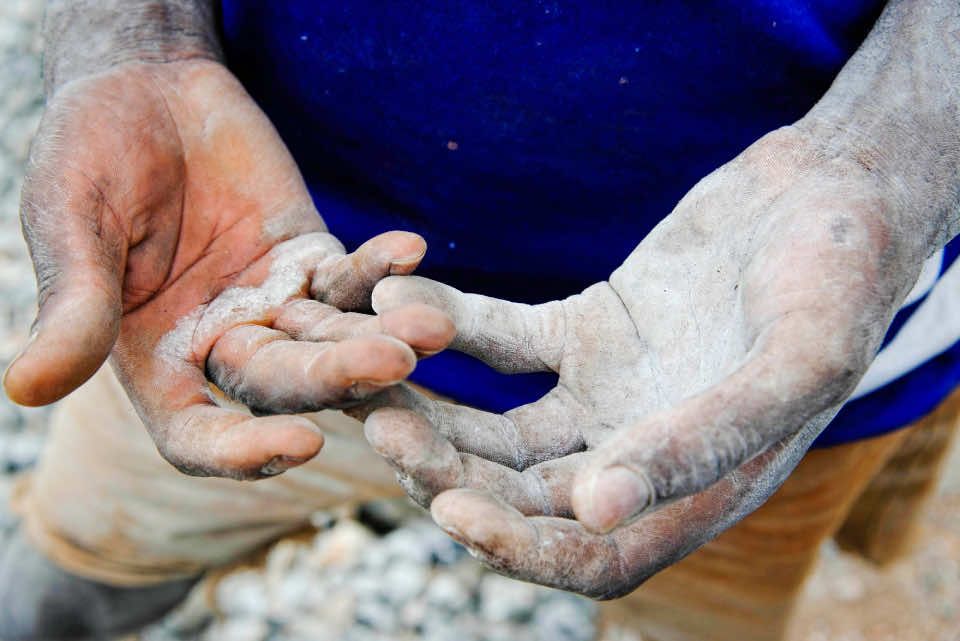
What are their stories?
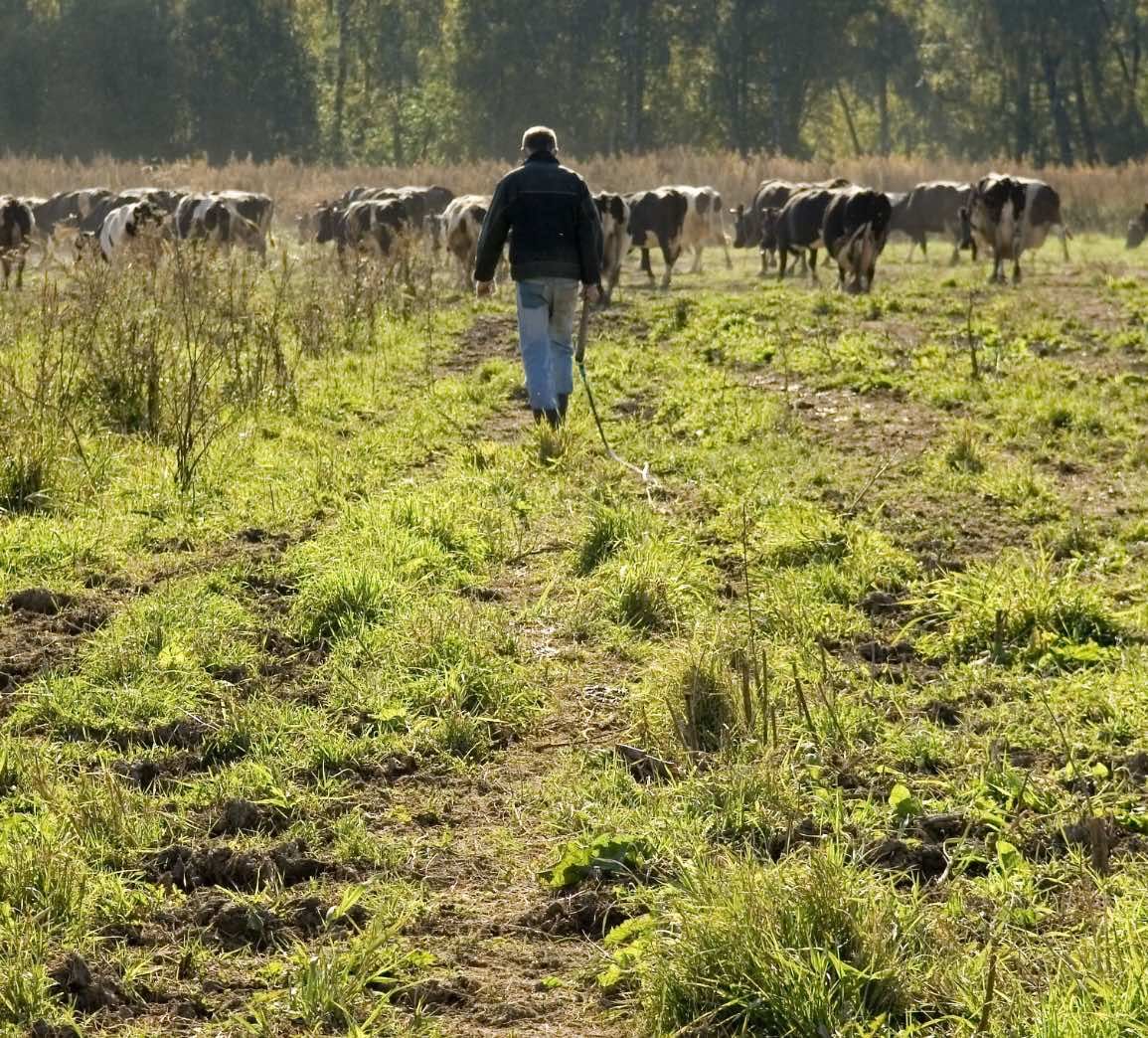
RAN
When he was only 16, Ran, now in his eighties, took a $20 loan from a landowner. To repay his debt, he ploughed the landowner’s field for years until his government freed him. For years, the fruit of his labour belonged to someone else. He couldn’t leave, he couldn’t take a day off, he couldn’t stop. He was in bonded labour.
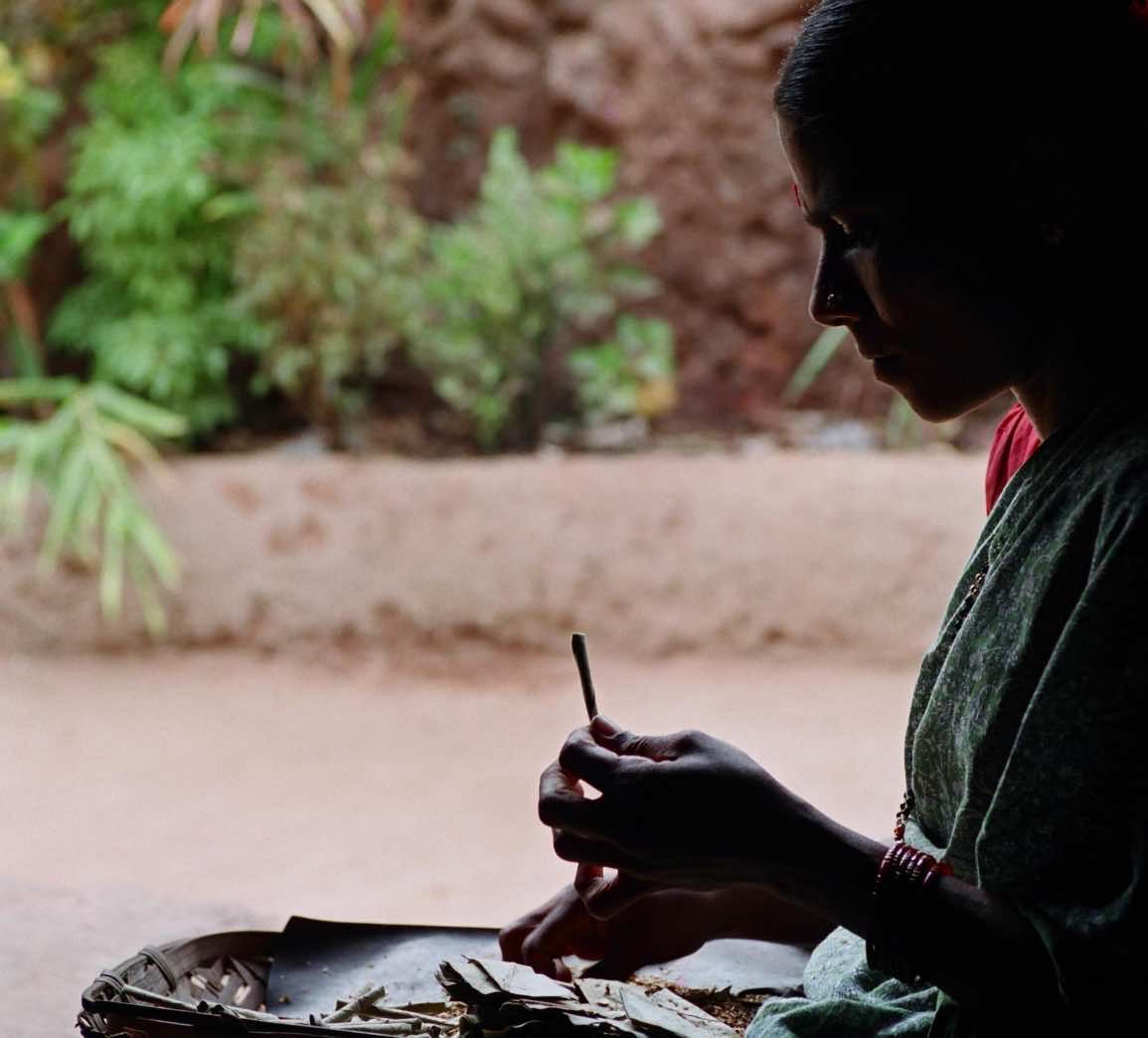
BIANCA
When she was also just 16, Bianca was taken from the village where she grew up. From there, she was trafficked and sold five times before arriving in a nearby country, where she was kept behind bars and made to work as a prostitute. When she became pregnant, she managed to escape to a shelter, where her baby, Anne-Marie, was born.
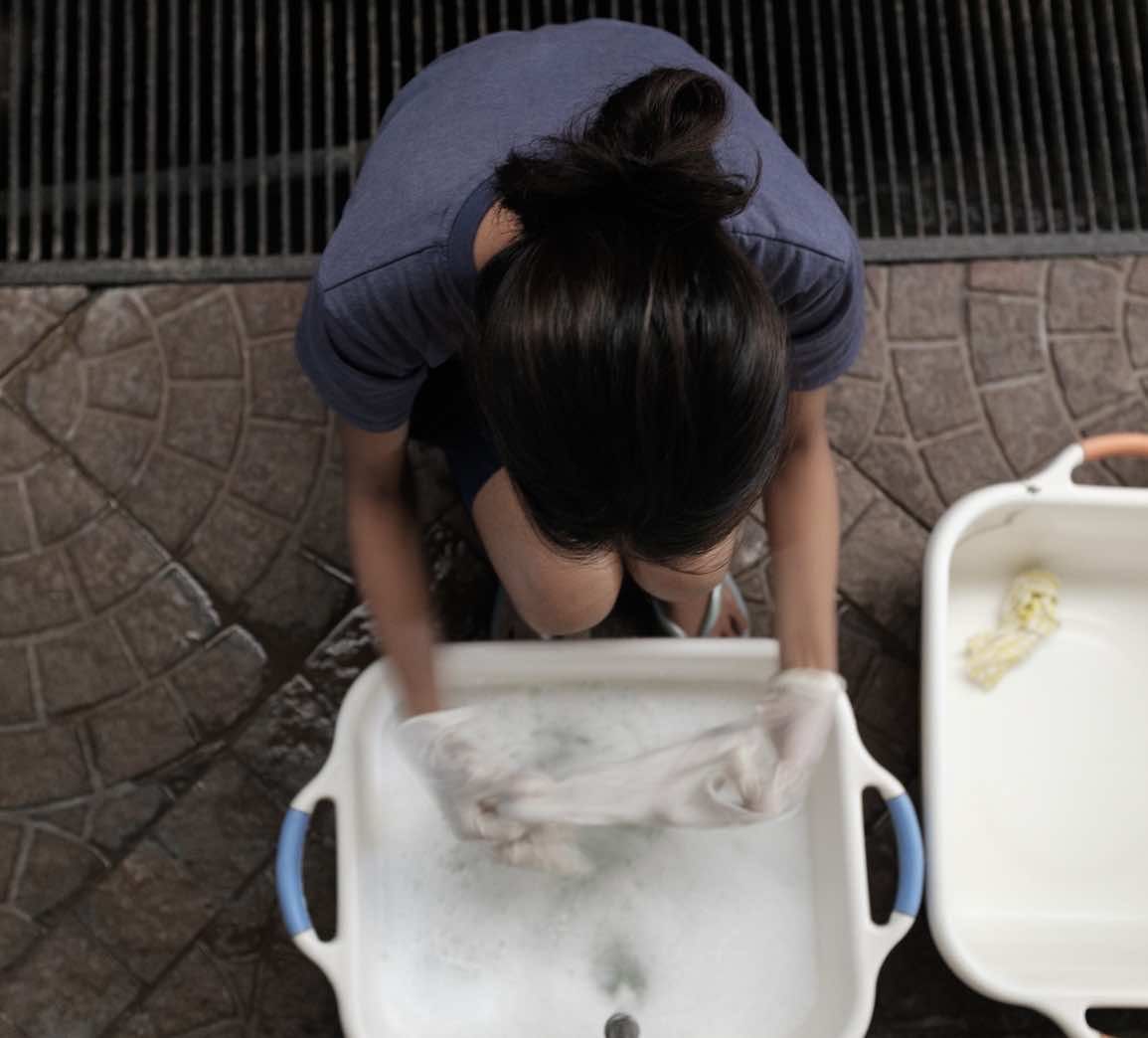
IDA
After signing a contract with a recruitment agency in her home country, Ida travelled abroad where she was promised a job as a domestic worker. When she got there, her employers confiscated her passport. She was made to work very long days, had to sleep on the floor and eat leftovers. For three years, she was kept a prisoner and only managed to escape by jumping out of a window. After weeks in hospital, she was finally sent home, limping, penniless, and scarred for life.
Stories of modern slavery like those of Ran, Bianca, and Ida are unfortunately not rare. Today, slavery persists around the world, occuring in the world of work, as in the case of forced labour, or outside, as in the case of forced marriage. And the challenge of modern slavery appears to be growing. Millions of additional people – women, men, girls and boys – have fallen victim to forced labour or forced marriage in recent years.
